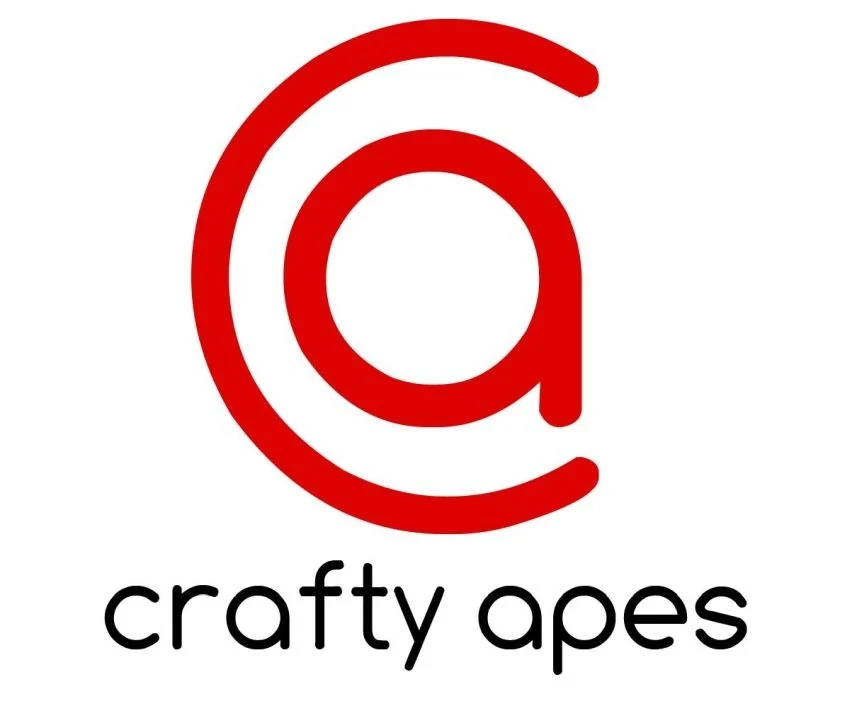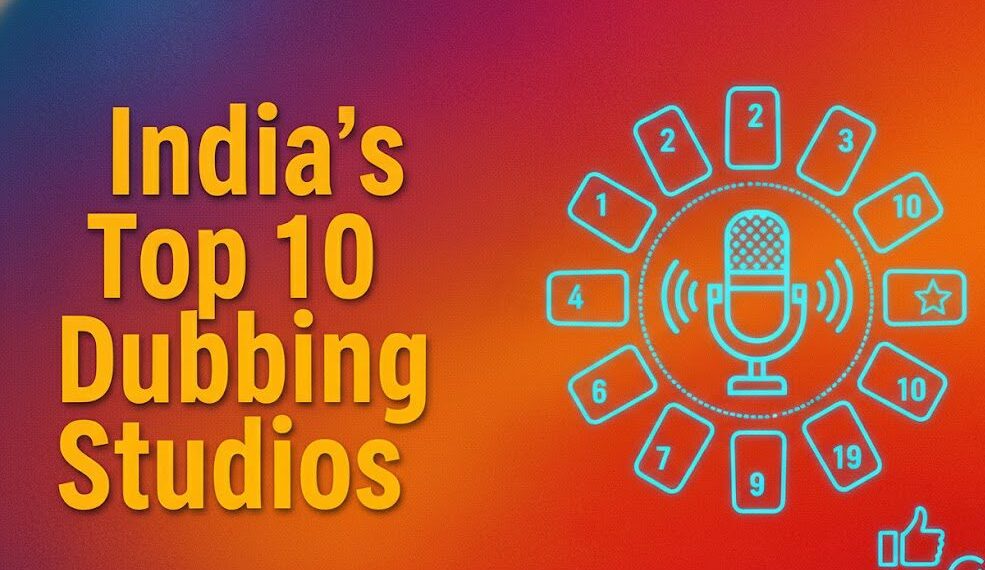Introduction
Let’s be honest. You’re pouring resources into content, but are you sure it’s hitting the mark? It’s a crowded world out there.
Every studio, every creator, every distributor is shouting to be heard. So, how do you break through the noise and create content that actually drives results?
The answer is Content Market Intelligence.
Without it, you’re flying blind. You’re guessing what your audience wants, what your competitors are doing, and where the next big trend is coming from. It’s like trying to navigate from LA to New York without a map. You might get there eventually, but it’s going to be a long, expensive, and frustrating journey.
In this post, I’m going to walk you through exactly how to leverage content market intelligence to make smarter, data-driven decisions. We’ll turn your content strategy from a game of chance into a predictable growth engine. Let’s dive in.
Table of content
- Introduction
- Key-Takeaways
- Step 1: Define Your Market Landscape (Don’t Skip This!)
- Step 2: Perform Ruthless Competitor Content Analysis
- Step 3: Decode Your Audience’s True Intent
- Step 4: Spot the Next Big Wave with Trend Analysis
- Step 5: Turn Intelligence into Action (Execution is Everything)
- How Vitrina Powers Your Content Intelligence
- Conclusion
- FAQs
Key Takeaways
| Step | Action | Key Benefit |
|---|---|---|
| 1. Define Your Landscape | Map out your competitors and audience segments. | Gain clarity on where you stand and who you’re talking to. |
| 2. Analyze Competitor Content | Go beyond keywords; analyze formats, themes, and performance. | Identify exploitable gaps and successful strategies to model. |
| 3. Uncover Audience Intent | Use data to understand what your audience *really* wants. | Create content that resonates deeply and solves real problems. |
| 4. Spot and Seize Trends | Monitor emerging themes, formats, and distribution channels. | Achieve first-mover advantage and stay relevant. |
| 5. Integrate and Execute | Turn insights into a concrete, actionable content calendar. | Ensure your strategy is data-backed and aligned with goals. |
Are your competitors moving faster than you?

Step 1: Define Your Market Landscape (Don’t Skip This!)
Before you can analyze anything, you need to know what you’re looking at. Most people do this superficially. They know their top 2-3 direct competitors. But true content market intelligence goes deeper.
You need to map out your entire ecosystem. Who are you really competing with for your audience’s attention? It’s not just the obvious players.
Who to Track:
- Direct Competitors: Companies offering similar content or services to the same audience.
- Indirect Competitors: Companies solving the same audience problem but with a different solution. For a production house, this could be a gaming company competing for screen time.
- Aspirational Competitors: The market leaders you want to emulate. What are they doing right that you can learn from?
You also need crystal-clear audience personas. Not just “males, 18-34.” What are their goals? Their pain points? What entertainment do they consume? Where do they discover it? The more granular you get, the more powerful your intelligence will be.
Step 2: Perform Ruthless Competitor Content Analysis
Okay, you have your list of competitors. Now the fun begins. It’s time to become a detective. You’re not just looking at what they’re creating, but why it’s working (or isn’t).
What to Analyze:
- Content-Market Fit: Which themes and topics get the most engagement for them? This is a direct clue into what the shared audience craves.
- Format Gaps: Are they all-in on long-form video? Maybe there’s an opening for short-form content, podcasts, or interactive experiences.
- Distribution Channels: Where are they promoting their content? Are they acing TikTok while you’re still just on LinkedIn? Follow the eyeballs.
- Production Value & Partners: What is the quality of their content? Who are they partnering with for production, VFX, or localization? Understanding their supply chain reveals their strategy. You can find this data with a powerful tool like Vitrina’s platform.
Create a simple spreadsheet. Track these points for your top 5-10 competitors. Patterns will emerge. You’ll quickly see the over-saturated areas to avoid and the wide-open opportunities to seize.
Step 3: Decode Your Audience’s True Intent
Your competitors’ success is just one piece of the puzzle. The most crucial part of content market intelligence is understanding your audience on a deep, almost personal level.
You need to move beyond demographics and into psychographics. What questions are they asking? What problems are they trying to solve when they search for content like yours?
How to Uncover Intent:
- Social Listening: Monitor forums like Reddit, social media comments, and industry groups. What are the recurring frustrations and wishes?
- Search Query Analysis: Look at “People Also Ask” on Google and use keyword tools to find the long-tail questions related to your niche.
- Direct Feedback: Survey your existing audience! Ask them what they want to see more of. It’s the most direct intelligence you can get.
When you understand the *intent* behind the search, you can create content that provides a genuine solution. That’s how you build trust and authority.
Ready to make data-driven decisions?

Step 4: Spot the Next Big Wave with Trend Analysis
The media landscape changes in the blink of an eye. What worked last year might be obsolete today. Content market intelligence isn’t just a snapshot; it’s a moving picture. You need to be constantly scanning the horizon.
Where to Look for Trends:
- Emerging Genres & Sub-genres: What new content categories are gaining traction? Think about the rise of specific niches in documentary or animation.
- New Tech Adoption: How are AR, VR, or interactive storytelling being used? Being an early adopter can set you apart.
- Global Market Shifts: Which regional markets are growing? What type of content is being localized and acquired? Tracking global deals and projects, like with the Vitrina Project Tracker, gives you a huge advantage.
Don’t just follow trends—anticipate them. By the time a trend is mainstream, you’re already too late. Good intelligence helps you see the wave before it forms.
Step 5: Turn Intelligence into Action (Execution is Everything)
Data is useless without action. All your analysis, spreadsheets, and insights mean nothing if they don’t inform your strategy. This is where most people fail. They gather the intelligence but never connect it to their content calendar.
Building an Actionable Plan:
- Identify Key Themes: Based on your research, choose 3-5 core content pillars that address audience intent and fill market gaps.
- Map Content to Funnel: Create content for every stage of your audience’s journey—from broad awareness pieces (top of funnel) to specific, decision-making content (bottom of funnel).
- Create a Calendar: Plan your content for at least a quarter. Assign formats, channels, and publication dates. Be specific.
- Measure and Iterate: Track your content’s performance. What’s working? What isn’t? Use this new data to feed back into your intelligence loop. It’s a cycle of continuous improvement.
This process transforms your content from random acts of marketing into a strategic business driver. You’ll work less, create more impactful content, and see a much better ROI.
How Vitrina Powers Your Content Intelligence
Gathering all this intelligence manually is tough. It takes hours, and the data is scattered.
That’s where we come in. Vitrina is a global market intelligence platform for the media and entertainment industry.
We provide a 360-degree view of the content landscape, tracking millions of data points on deals, projects, and the 100,000+ vendors in the global supply chain.
Instead of guessing which partners your competitors use or what content is being acquired globally, our platform gives you the concrete data you need to make faster, smarter decisions and find your next big opportunity.
Conclusion
Content market intelligence isn’t a luxury anymore; it’s a necessity for survival and growth in the entertainment industry. It’s the difference between creating content that disappears into the void and creating content that captivates audiences, builds your brand, and drives real business outcomes.
You don’t have to guess what will work. The data is out there. By following these five steps—defining your landscape, analyzing competitors, decoding audience intent, spotting trends, and executing with precision—you can build a formidable content engine.
What’s the first strategy you’re going to try? Let me know in the comments.
Stop Guessing, Start Winning
Ready to turn data into your biggest competitive advantage? Get the intelligence you need to find partners, track projects, and make smarter content decisions. See how Vitrina can give you an unfair advantage in the global entertainment market.Sign up for Vitrina today!
Frequently Asked Questions
Market research is often broad and static, looking at the overall market size and demographics. Content market intelligence is dynamic and specific. It focuses on the performance, themes, and strategies within the content ecosystem to give you a competitive edge in what you create and how you distribute it.
It’s not a one-time task. You should be in a state of “always-on” monitoring. A deep-dive analysis should be done quarterly to inform your strategy, with weekly or monthly check-ins on competitor activities and emerging trends to allow for agile adjustments.
Absolutely! The principles are the same regardless of size. While you may not have the budget for enterprise-level tools, you can still manually analyze competitors, listen on social media, and track trends. Platforms like Vitrina also offer scalable solutions to bring powerful data within reach of more creators.
Look beyond vanity metrics like likes. Focus on: Engagement Rate (comments, shares), Audience Growth, Content-Market Fit (which topics perform best), Share of Voice (how your brand’s presence compares to competitors), and ultimately, Conversion Rate (how many viewers take a desired action).






































